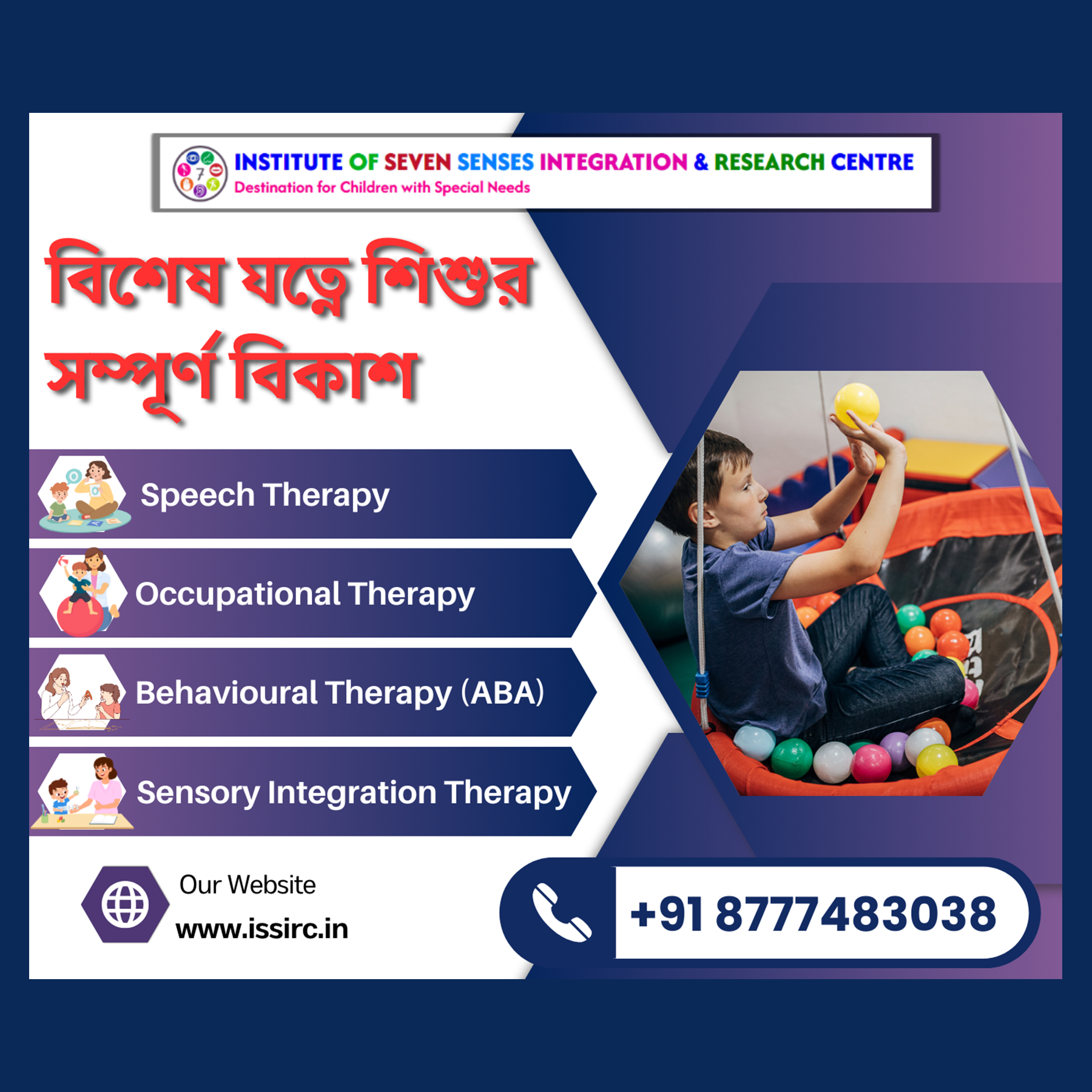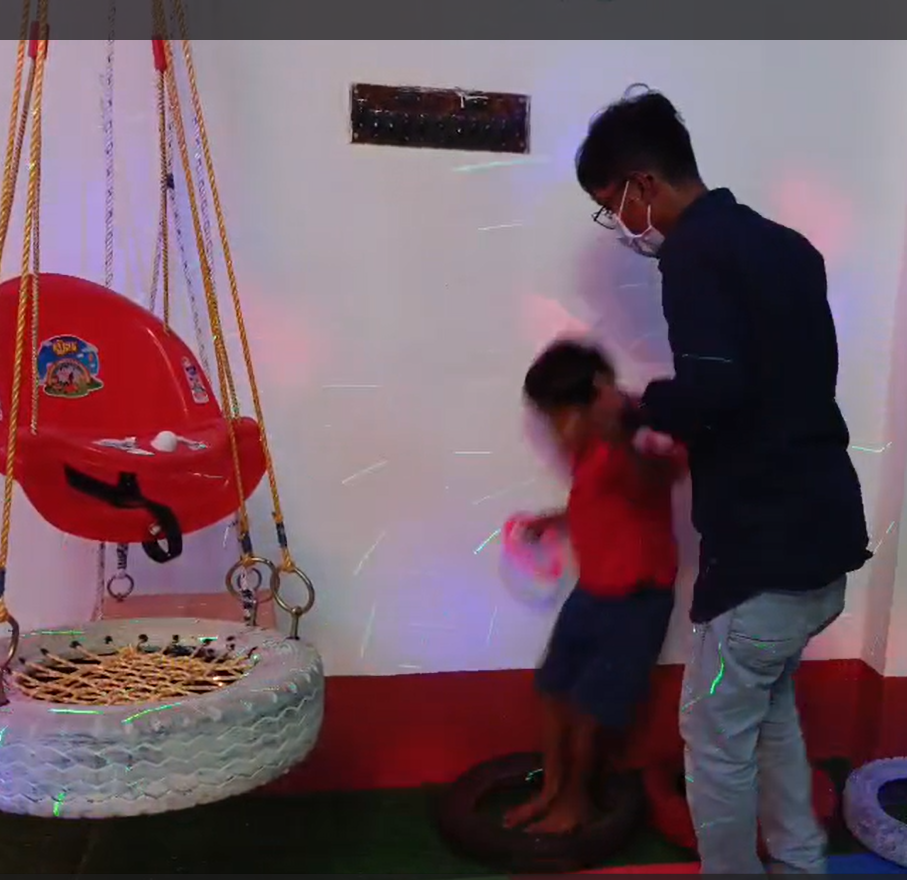Autism Therapy Across Different Settings
Unlock the power of autism therapy across diverse settings. Discover effective approaches for progress and empowerment.
Overview of Autism Therapy
Autism therapy encompasses a range of interventions and approaches aimed at addressing the unique needs of individuals on the autism spectrum. These therapies aim to improve communication skills, social interactions, behavior, and overall quality of life for individuals with autism.

Types of Therapy Approaches
There are several types of therapy approaches used in the treatment of autism. Each approach focuses on different aspects of development and aims to address specific challenges faced by individuals with autism. Some commonly used therapy approaches include:
Applied Behavior Analysis (ABA)
Applied Behavior Analysis (ABA) is the most commonly used therapy for children with autism. It focuses on developing social skills, improving language competence, and enhancing good behavior using positive reinforcement techniques, meaningful rewards, and consequences. ABA therapy helps individuals with autism acquire new skills, reduce challenging behaviors, and improve overall functioning. It is often tailored to meet the specific needs of each individual. To learn more about ABA therapy, visit our article on autism therapy for children.
Relationship Development Intervention (RDI)
Relationship Development Intervention (RDI) is a therapy approach that aims to educate children with autism on how to form bonds with their parents and other family members. It emphasizes psychological, social, and flexible thinking components. In RDI, parents undergo instruction and become their child's primary therapist, working collaboratively to improve social and emotional connections. RDI focuses on enabling individuals with autism to develop meaningful relationships and engage in reciprocal interactions. For more information on RDI, refer to our article on autism therapy success stories
 .
.
Play Therapy
Play therapy for autism helps children learn to interact with others through play. It focuses on widening their focus and approach to engage with peers and adults. This therapy aims to bring children out of a narrow play scope into a world of collaborative experiences and relationships. Play therapy encourages social interaction, communication, and the development of social skills in a natural and enjoyable setting. To explore more about play therapy, visit our article on autism therapy evaluations.
These therapy approaches are just a few examples of the many interventions available to individuals with autism. Other specialized therapies, such as equestrian therapy, speech therapy, and occupational therapy, also play a significant role in addressing specific challenges and promoting overall development. To learn more about these specialized therapies, visit our articles on equestrian therapy, speech therapy, and occupational therapy.
By utilizing a combination of therapy approaches tailored to the individual's needs, individuals with autism can make significant progress in various areas of development. It is important to consult with professionals to determine the most appropriate therapy approach for each individual with autism.
Early Intervention for Autism
Early intervention is crucial when it comes to autism therapy. Starting therapy as early as possible, especially with young children who are experiencing developmental delays, can have a significant impact on their progress and overall development. In fact, research suggests that children with early signs of autism benefit greatly from starting therapy within the first year, as the brain develops quickly at this age [1].
Recognizing the importance of early intervention, the American Academy of Pediatrics (AAP) recommends that parents begin researching therapies as soon as autism is suspected, rather than waiting for a formal diagnosis. This proactive approach allows parents to gather information, explore available resources, and start interventions promptly, as the process of obtaining a formal diagnosis can take time through tests and follow-ups with specialists [2].
The prevalence of autism spectrum disorder (ASD) has been increasing in recent years. According to a March 2023 press release from the CDC, about 1 in 36 (2.8%) children have been identified with ASD based on data gathered from 11 communities around the United States. This represents a 22% increase from 2018, where the prevalence of ASD was found to be 1 in 44 (2.3%) [3].
Families with autistic children often experience additional stress and challenges. The diagnosis, genetic factors, and intergenerational family dynamics can contribute to higher levels of mood disorders among parents. Parents of children with ASD may also experience more marital strain and are twice as likely to divorce compared to parents without a child with ASD. Additionally, parenting children with autism involves stress associated with challenging behaviors, communication difficulties, isolation, and atypical attachment behavior.
Given the complexity of supporting families with autistic children, it is crucial to provide early therapy interventions to assist both the child and their family in navigating the challenges associated with autism. By starting therapy early, children have a better chance of developing essential skills and reaching their full potential. Additionally, early intervention can help families access support services, learn effective strategies for managing behaviors, and connect with a network of professionals and other families who understand their experiences.
If you'd like to learn more about the different types of therapy available for autism, please refer to our article on autism therapy for children.


